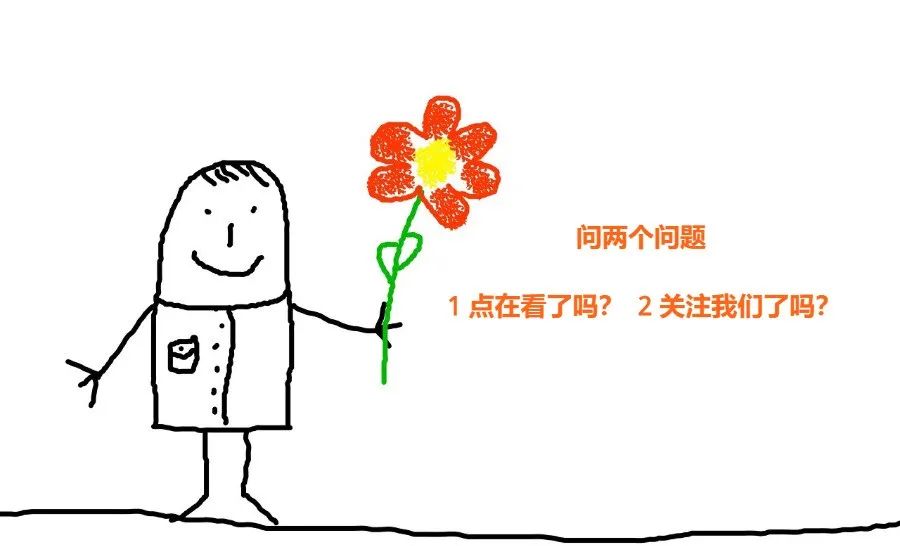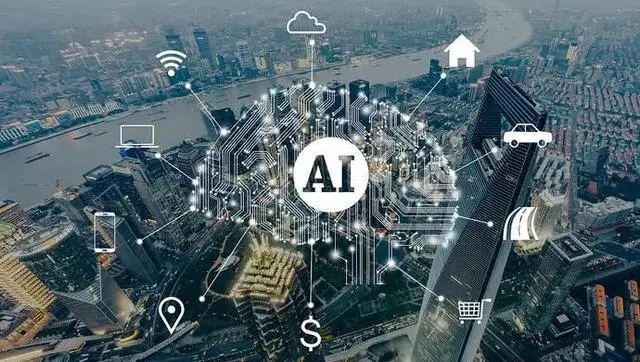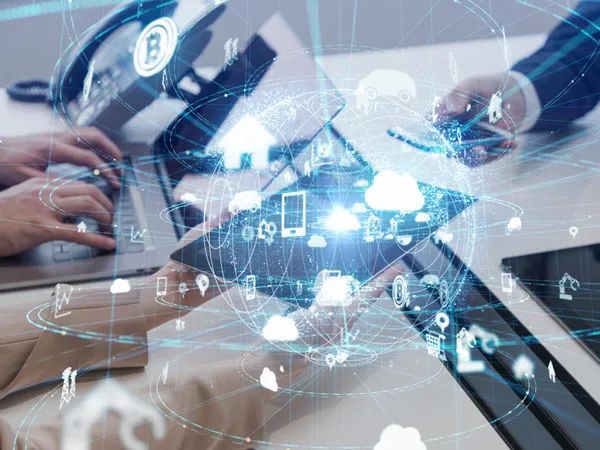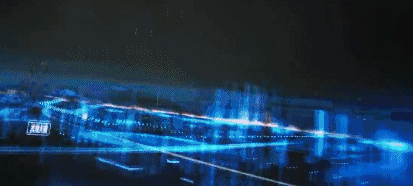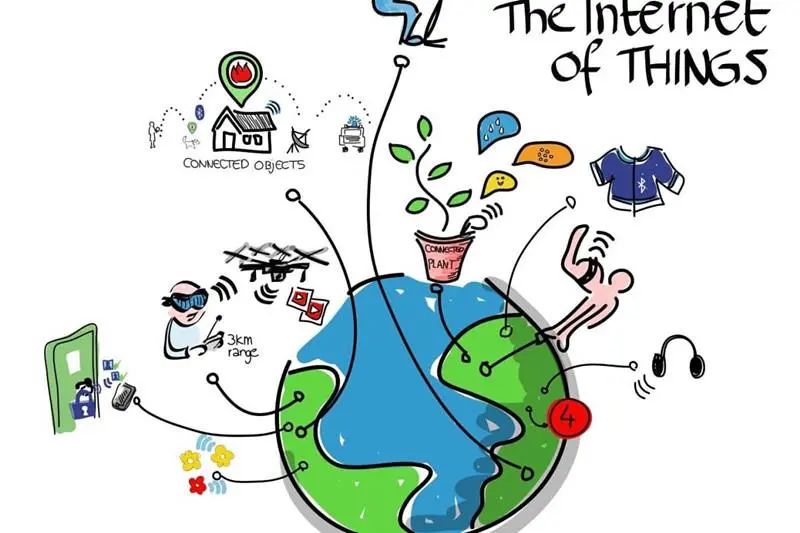
In the last issue, the editor shared
Common misconceptions about the Internet of Things
So how should we understand the definition of the Internet of Things?
This issue compiles some definitions of the Internet of Things from encyclopedias
to share with everyone
The concept was first proposed in 1999: it refers to the use of information sensing devices such as RFID (RFID + Internet), infrared sensors, global positioning systems, laser scanners, gas sensors, etc., to connect any item to the Internet according to agreed protocols for information exchange and communication, enabling intelligent identification, location, tracking, monitoring, and management. In short, the Internet of Things is the “Internet where everything is connected.”
The China Internet of Things Industry Alliance defines the Internet of Things as the combination of almost all current technologies with computer and Internet technologies, enabling real-time sharing of environmental and status information between objects, as well as intelligent collection, transmission, processing, and execution. Broadly speaking, any application involving information technology can be included in the Internet of Things.
In its well-known technology integration model, it proposes that the Internet of Things is the technology concept and application closest to the top of this model.The Internet of Things is a network based on the Internet, traditional telecommunications networks, etc., enabling all independently addressable ordinary physical objects to interconnect. It has three important characteristics: intelligent, advanced, and interconnected.
The ITU Internet Report defines the Internet of Things as follows: through QR code reading devices, RFID devices, infrared sensors, global positioning systems, and laser scanners, any item is connected to the Internet according to agreed protocols for information exchange and communication, enabling intelligent identification, location, tracking, monitoring, and management.
According to the ITU’s definition, the Internet of Things primarily solves interconnectivity between objects (Thing to Thing, T2T), between people and objects (Human to Thing, H2T), and between people (Human to Human, H2H).
However, unlike traditional internet, H2T refers to the connection between people and objects using general devices, simplifying the connection of objects, while H2H refers to interconnectivity between people without relying on PCs.Since the traditional internet does not consider the connection of any objects, we use the Internet of Things to solve this traditional problem.
The Internet of Things, as its name suggests, is a network that connects objects. Many scholars discussing the Internet of Things often introduce the concept of M2M, which can be interpreted as Man to Man, Man to Machine, and Machine to Machine. Essentially, the interaction between people and machines, and between machines, is mostly to achieve information exchange between people.
The Internet of Things refers to a vast network formed by real-time collection of any information that needs monitoring, connection, and interaction through various information sensing devices, combined with the Internet. Its purpose is to achieve connections between objects, between objects and people, and all items with the network for easy identification, management, and control.
In 2011, its industry scale exceeded 260 billion RMB. The five levels of the Internet of Things industry are: supporting layer, perception layer, transmission layer, platform layer, and application layer, which account for 2.7%, 22.0%, 33.1%, 37.5%, and 4.7% of the industry scale, respectively. The perception layer and transmission layer have many participating vendors, making them the most competitive areas in the industry.
 In terms of industry distribution, the domestic Internet of Things industry has initially formed an overall industrial spatial pattern of four major regional clusters: Bohai Rim, Yangtze River Delta, Pearl River Delta, and Central and Western regions.
At the same time, the proposal of the Internet of Things lays the foundation for the construction of smart cities in the country, achieving interconnectivity and collaborative sharing of smart cities. The “Journal of Computer Science” published a comparative study on the architecture and implementation methods of the Internet of Things, analyzing and introducing its architecture and implementation methods.
In terms of industry distribution, the domestic Internet of Things industry has initially formed an overall industrial spatial pattern of four major regional clusters: Bohai Rim, Yangtze River Delta, Pearl River Delta, and Central and Western regions.
At the same time, the proposal of the Internet of Things lays the foundation for the construction of smart cities in the country, achieving interconnectivity and collaborative sharing of smart cities. The “Journal of Computer Science” published a comparative study on the architecture and implementation methods of the Internet of Things, analyzing and introducing its architecture and implementation methods.
Data Source | Sogou Encyclopedia
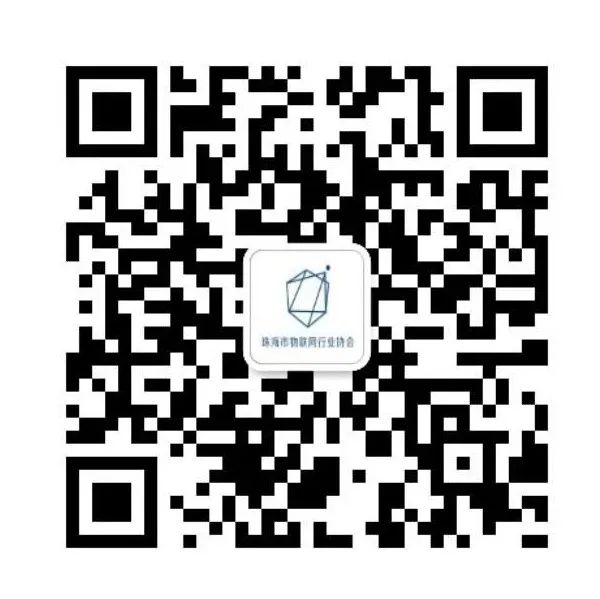


Secretariat 📲 13326670396
